- DroidAfrica
- Tecno
- Tecno Phantom 6
Tecno Phantom 6
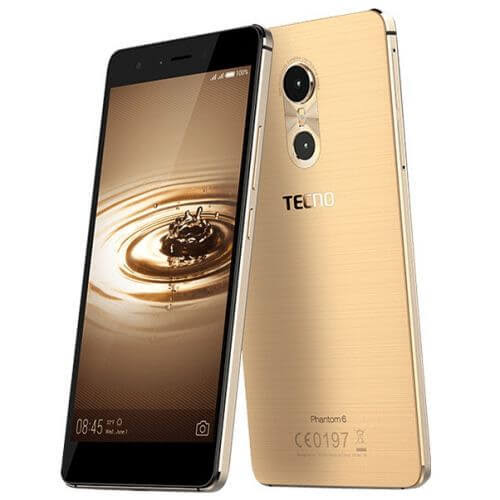
Tecno Phantom 6 Highlights and Overview
Tecno Phantom 6 Full Specifications and Features
NETWORK
| Technology | GSM / HSPA / LTE |
| 2G Network Bands | GSM 850 / 900 / 1800 / 1900 - SIM 1 & SIM 2 |
| 3G Network Bands | HSDPA 850 / 1900 |
| 4G Network Bands | LTE band 3(1800), 40(2300) |
| Speed | HSPA, LTE Cat4 150/50 Mbps |
LAUNCH
| Also Known As |
- - |
BODY
| Dimensions | 155 x 76.9 x 7.6 mm (6.10 x 3.03 x 0.30 in) |
| Weight | 165 g (4.02 oz) |
| Build | Aluminum Alloy |
| SIM Type | Dual SIM (Micro-SIM, dual stand-by) |
DISPLAY
| Display Type | IPS LCD capacitive touchscreen, 16M colors |
| Size | 5.5 inches, 68.9 cm2 (~66.2% screen-to-body ratio) |
| Resolution | 1080 x 1920 pixels, 16:9 ratio (~401 ppi density) |
PLATFORM
| Operating System | Android 6.0 (Marshmallow) |
| Chipset | Mediatek MT6795 Helio X10 |
| CPU | Octa-core 2.0 GHz Cortex-A53 |
| GPU | PowerVR G6200 |
MEMORY
| RAM + ROM | 3 GB |
| Card Slot | Yes, up to 128 GB via microSD card |
MAIN CAMERA
| Camera Type | Double Lenses |
| Camera Sensor(s) | Dual: 12 MP + 5 MP, (f/2.2, 1/2.3", 1.2µm) |
| Camera Features | Geo-tagging, laser touch focus, face/smile detection, panorama, HDR |
| Video Resolution | 2160p@30fps, 1080p@30fps, 720p@100fps |
SELFIE CAMERA
| Camera Type | Single Lens |
| Camera Sensor(s) | 8-megapixel |
| Video Resolution | 720p@30fps |
SOUND
| Loudspeaker | Yes |
| Speaker Location | Back |
| Audio Jack Type | Yes, 3.5mm audio jack |
CONNECTIVITY
| Bluetooth | Bluetooth 4.2, LE |
| NFC | |
| GPS | Yes |
| FM Radio | Yes |
BATTERY
| Battery Capacity | Non-removable Li-Ion 2700 mAh battery |
| Wireless Charging | No |
| Talk Time Talk Time is the longest time that a single battery charge will last when you are constantly talking on the phone under perfect conditions, Ambient temperature and highly dependent on the cellular network environment such as the distance to the closest cell network tower. | Up to 300 hours |
| Stand-by | Up to 300 hours |
OTHER FEATURES
| Sensors | Fingerprint (side-mounted), accelerometer, proximity, compass |
| Box Contents | Charging Brick / USB cable |
Tecno Phantom 6 User Reviews and Opinions
Disclaimer Note
This specification was entered manually, hence we CANNOT guarantee 100% accuracy. Any error? Let us know in the comment section.







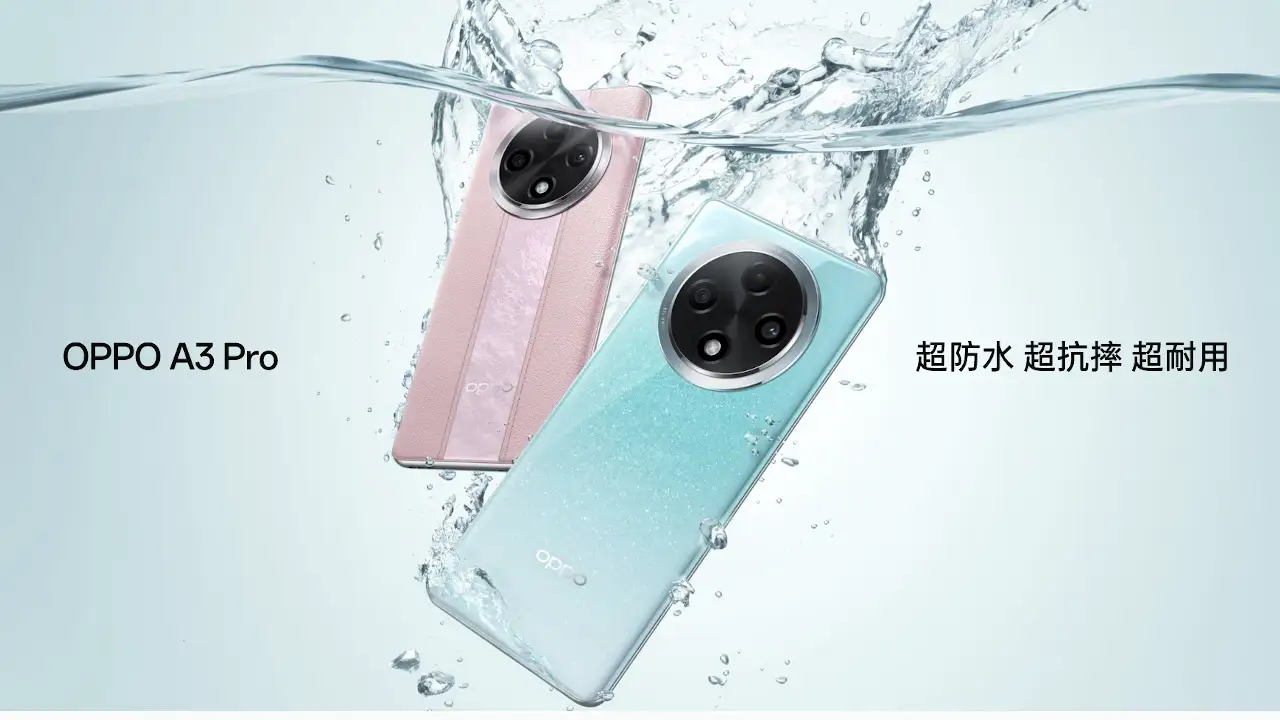

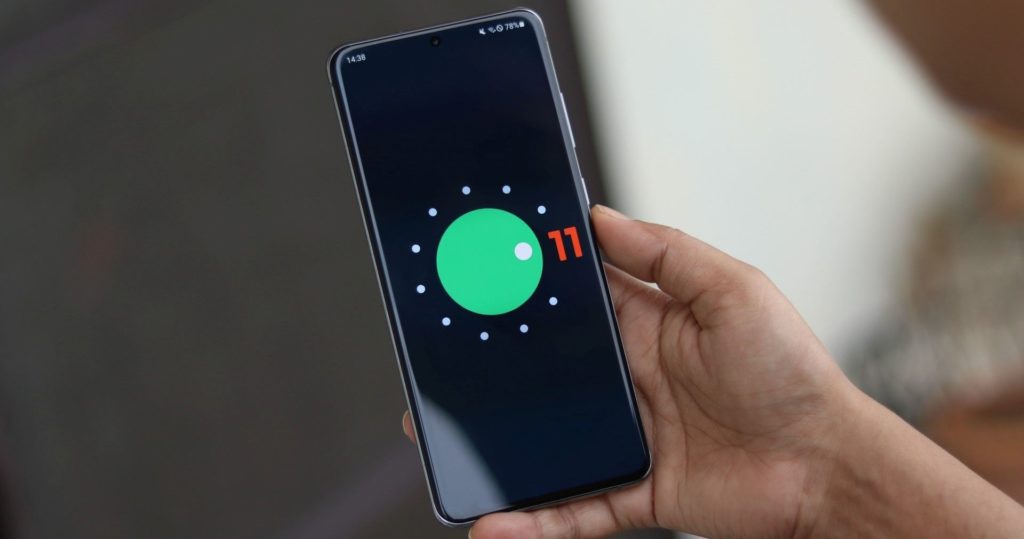
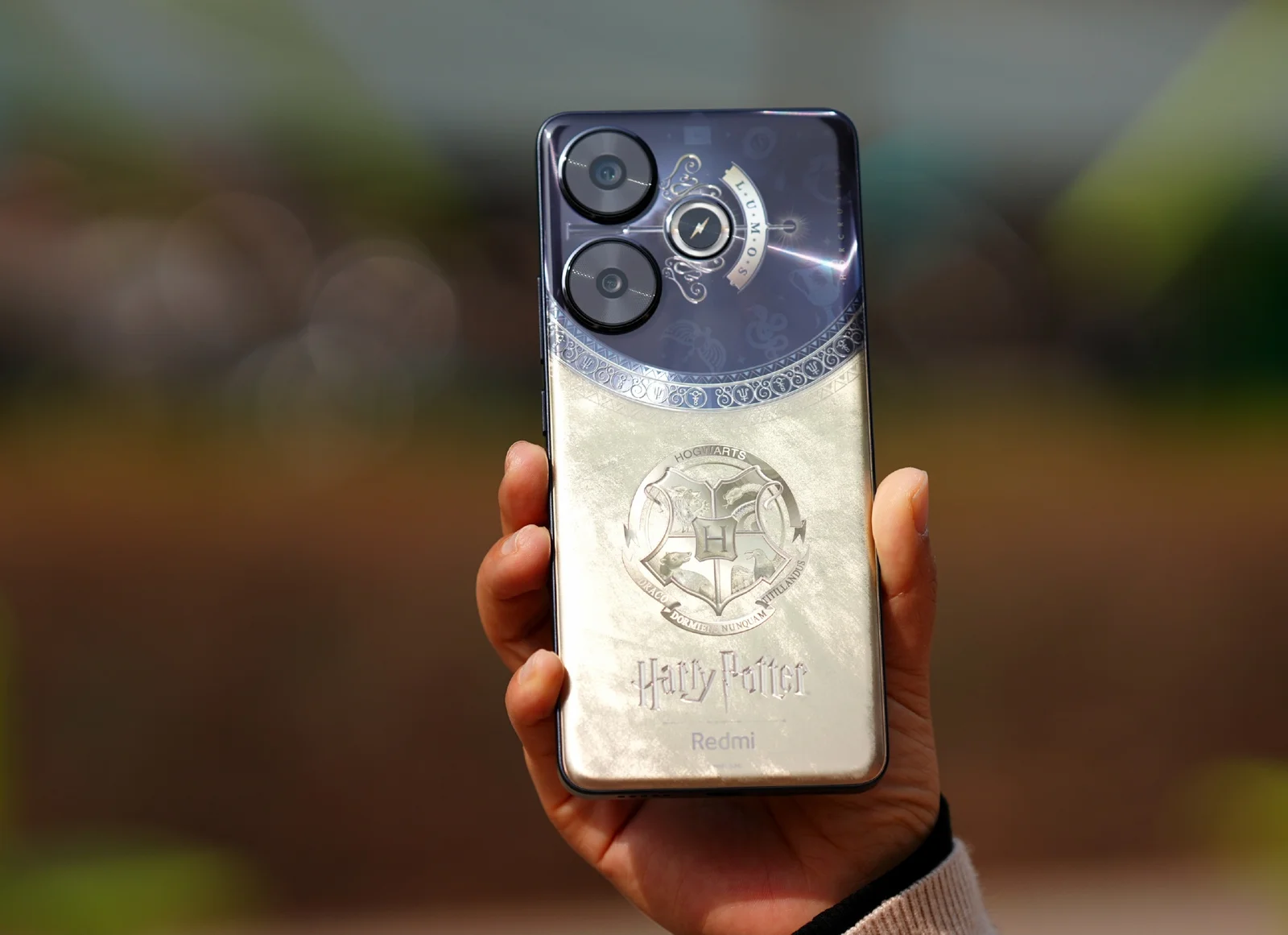
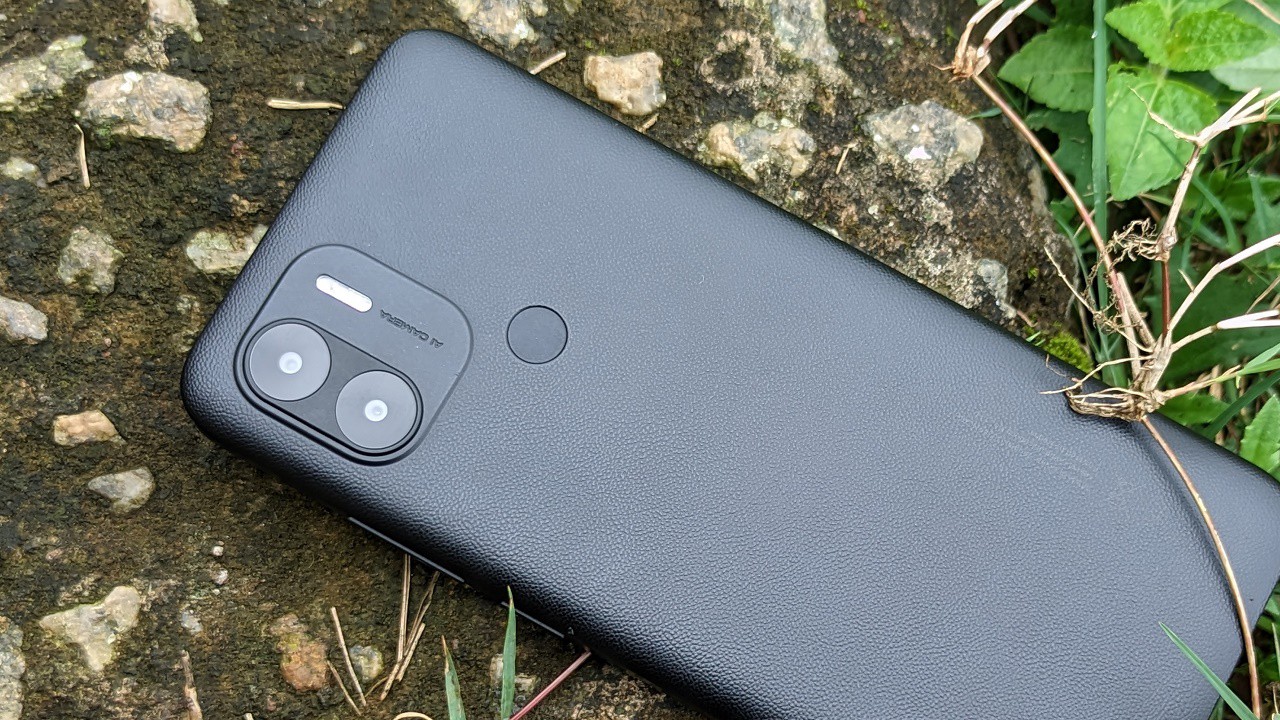
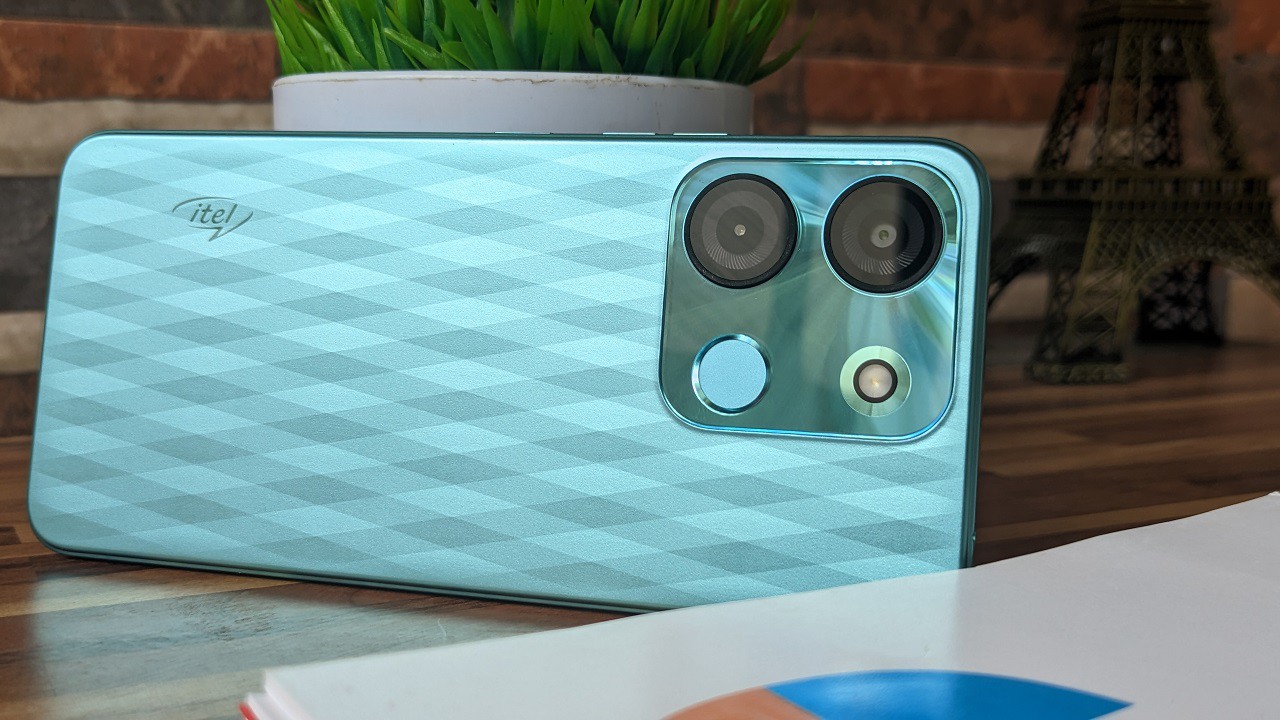
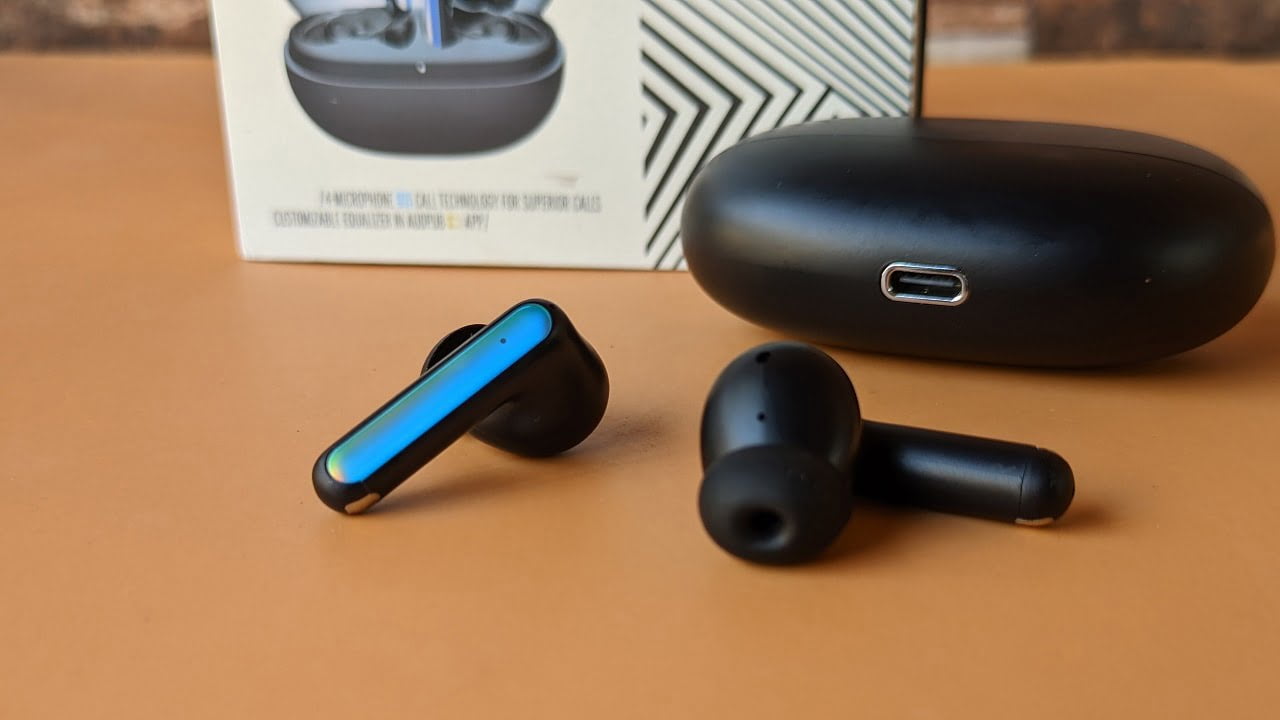
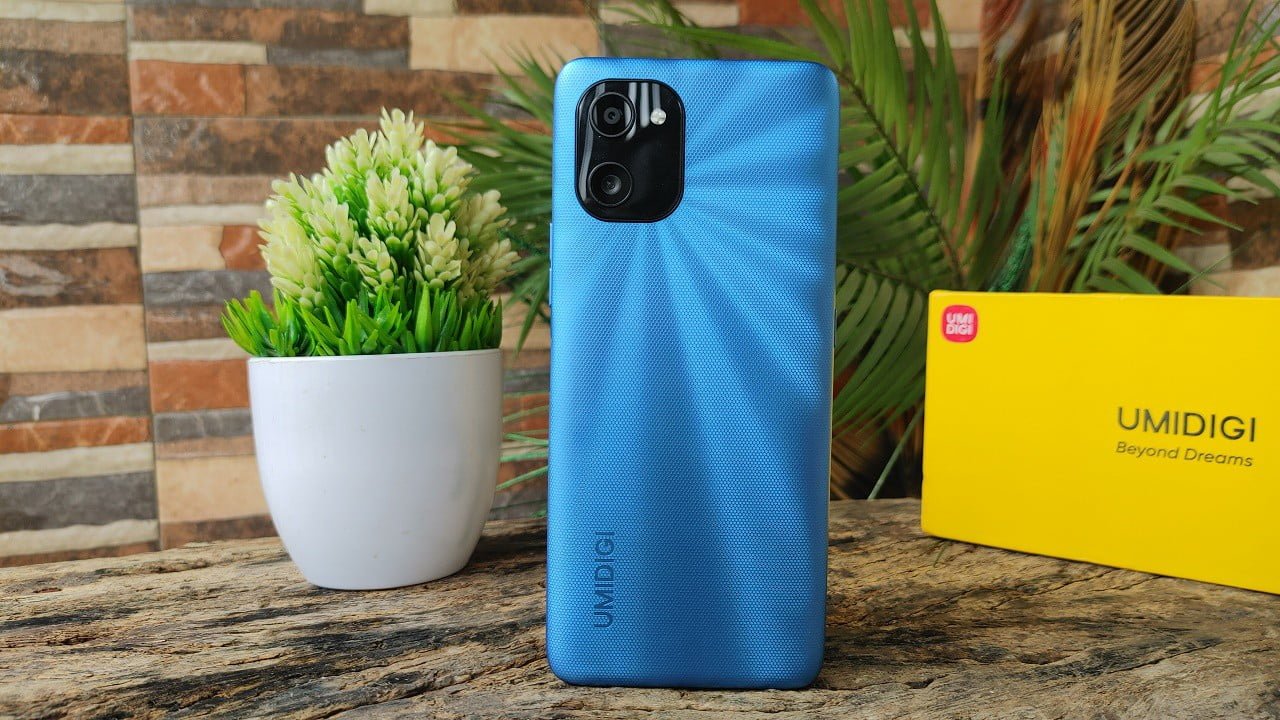
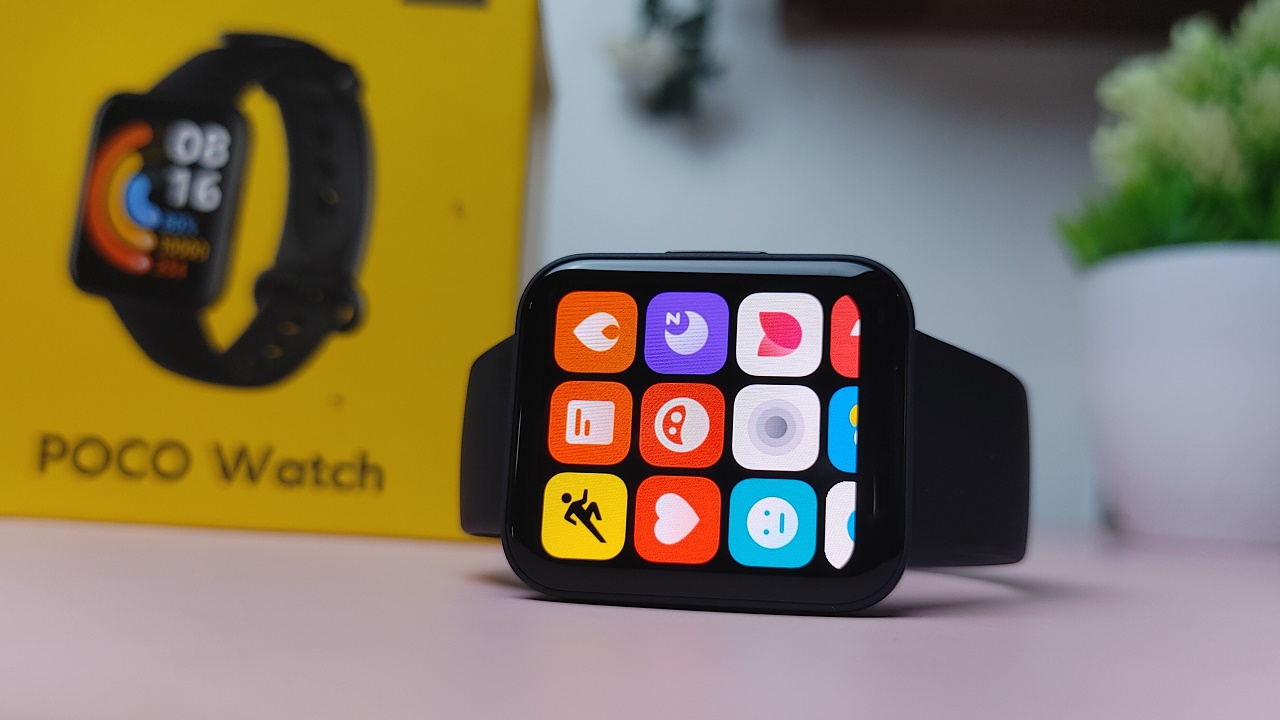
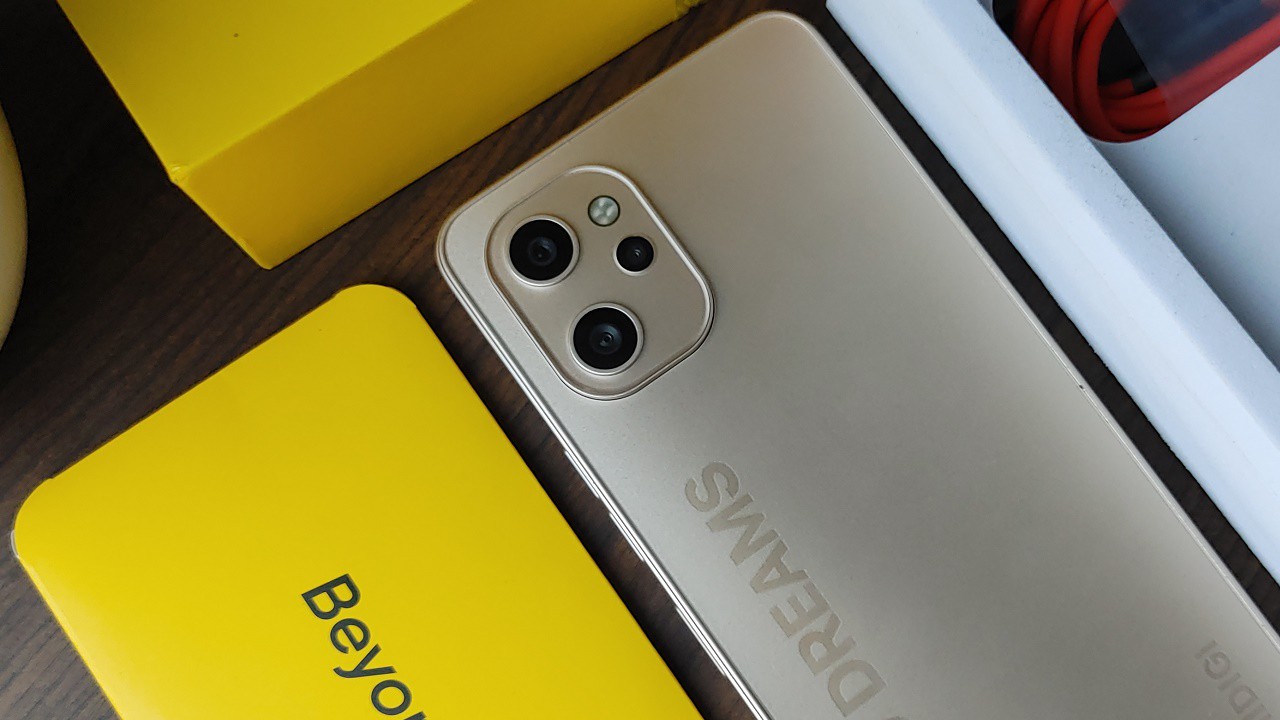
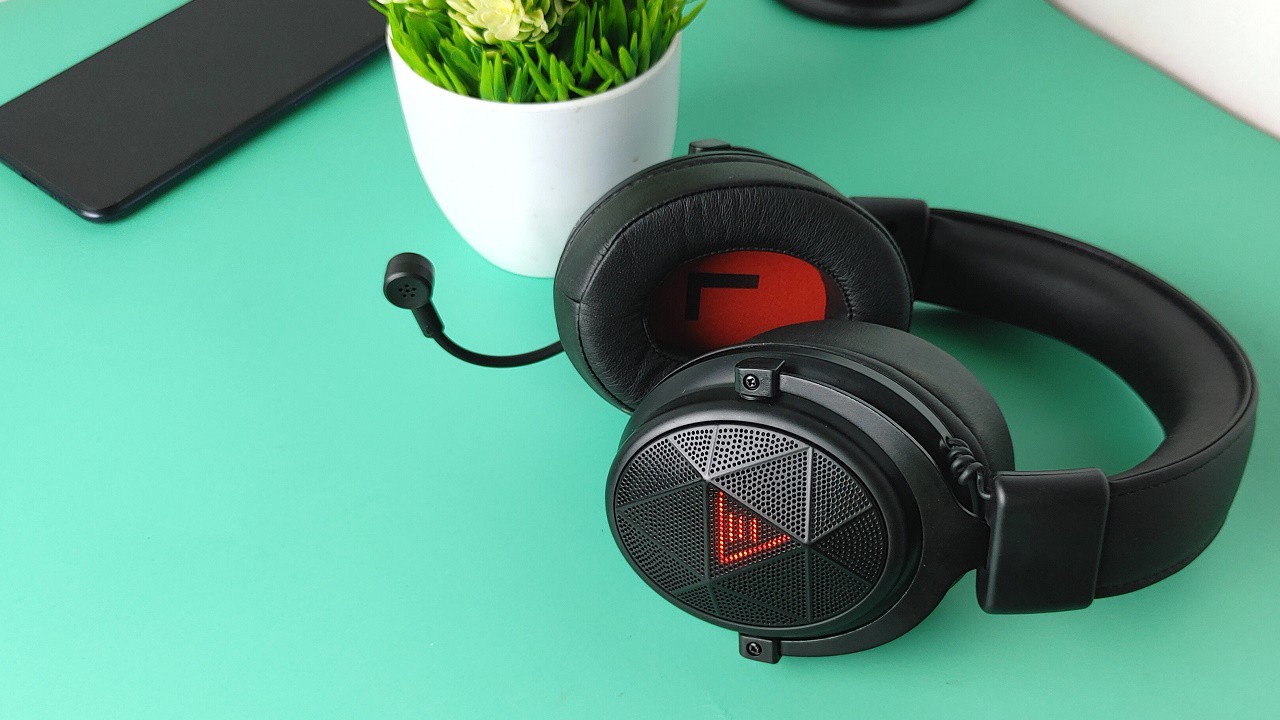
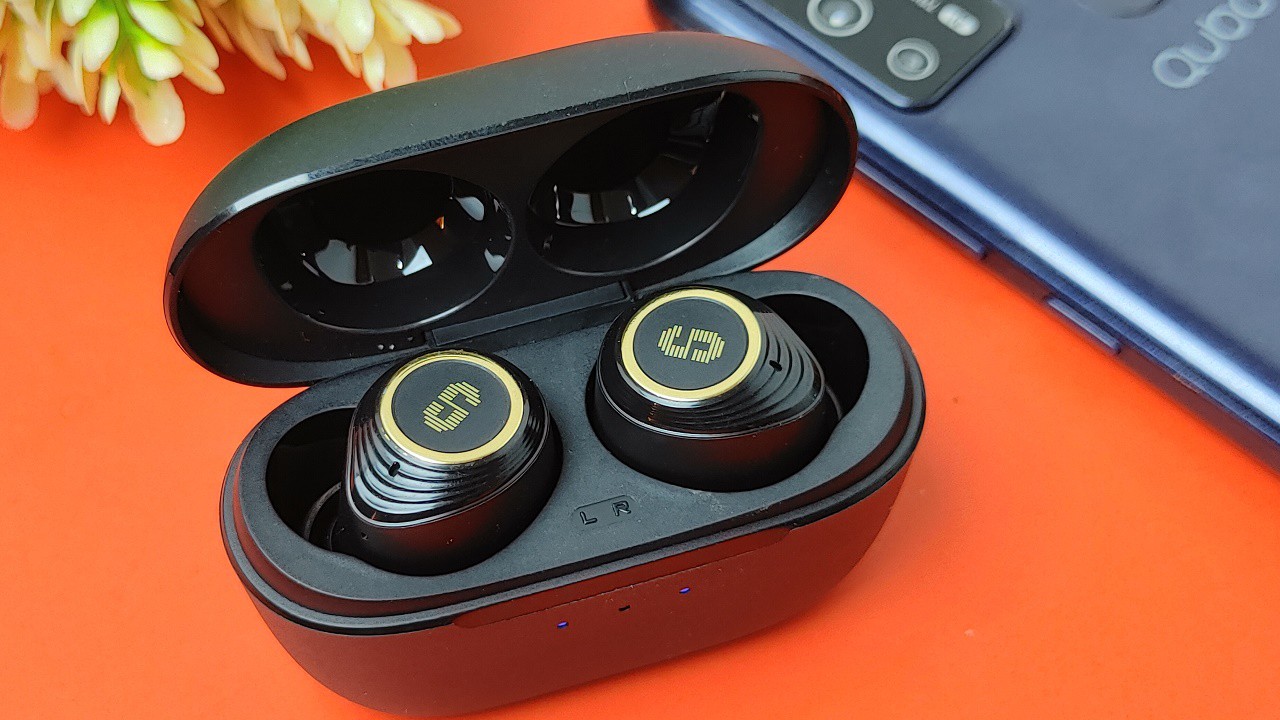
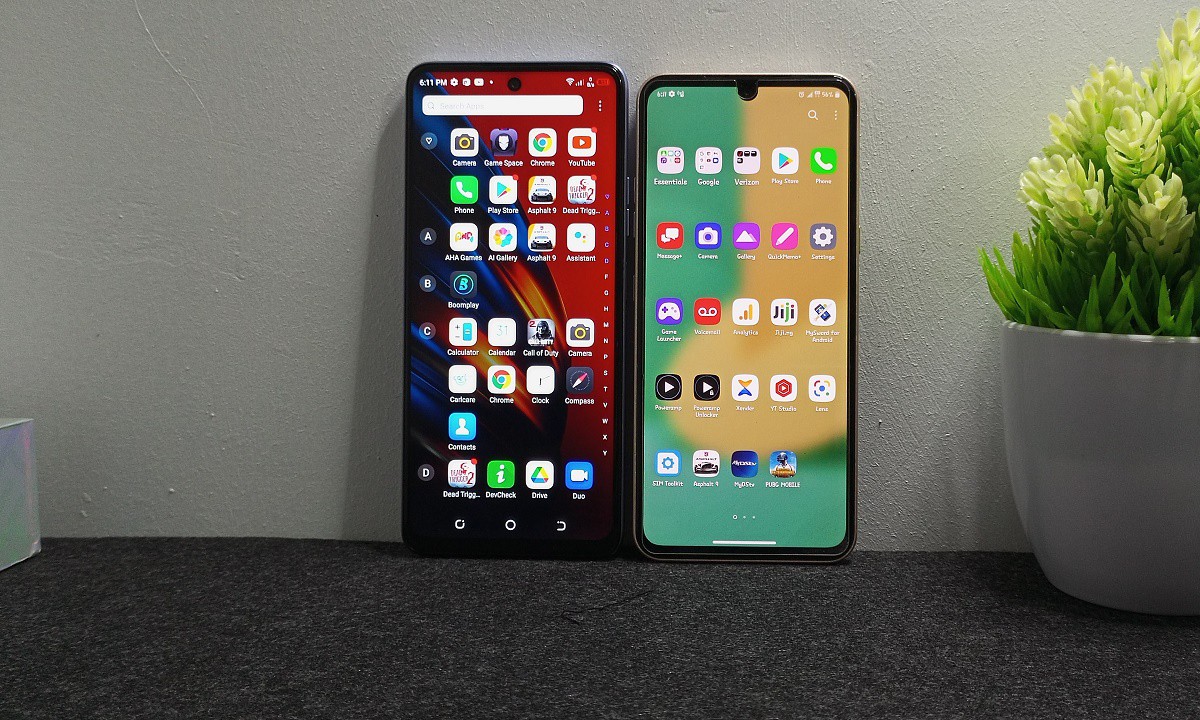

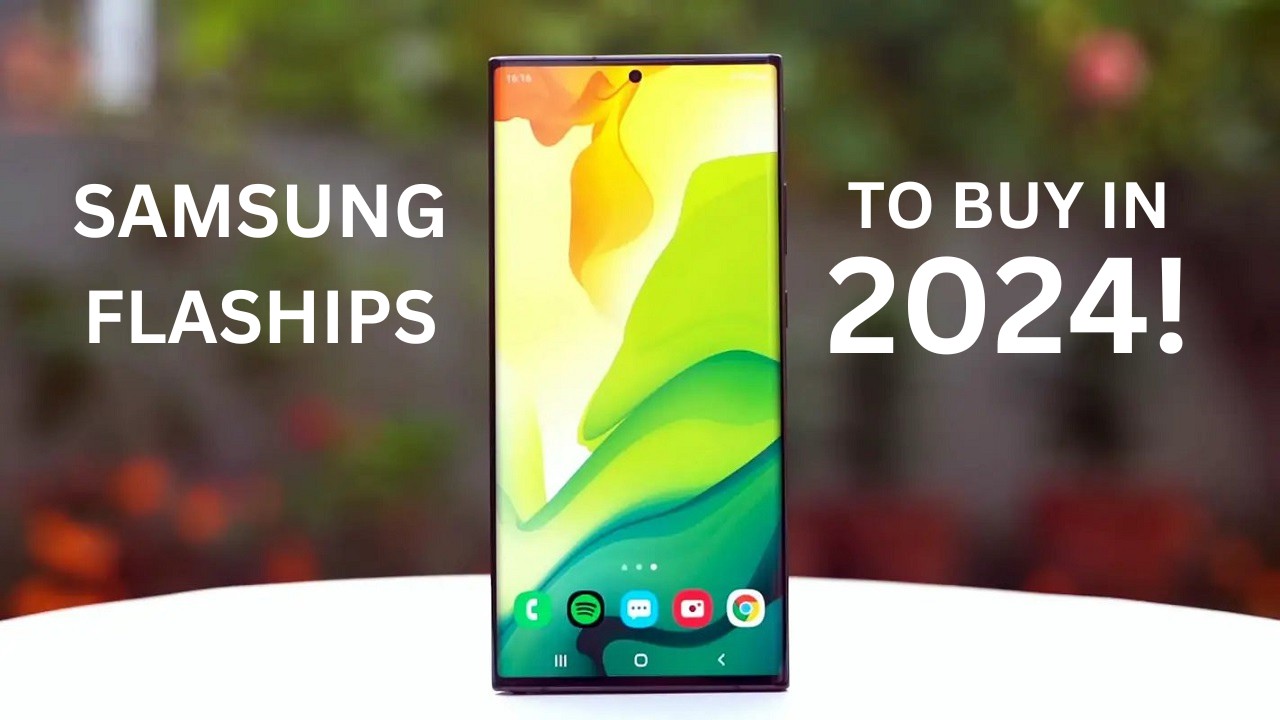
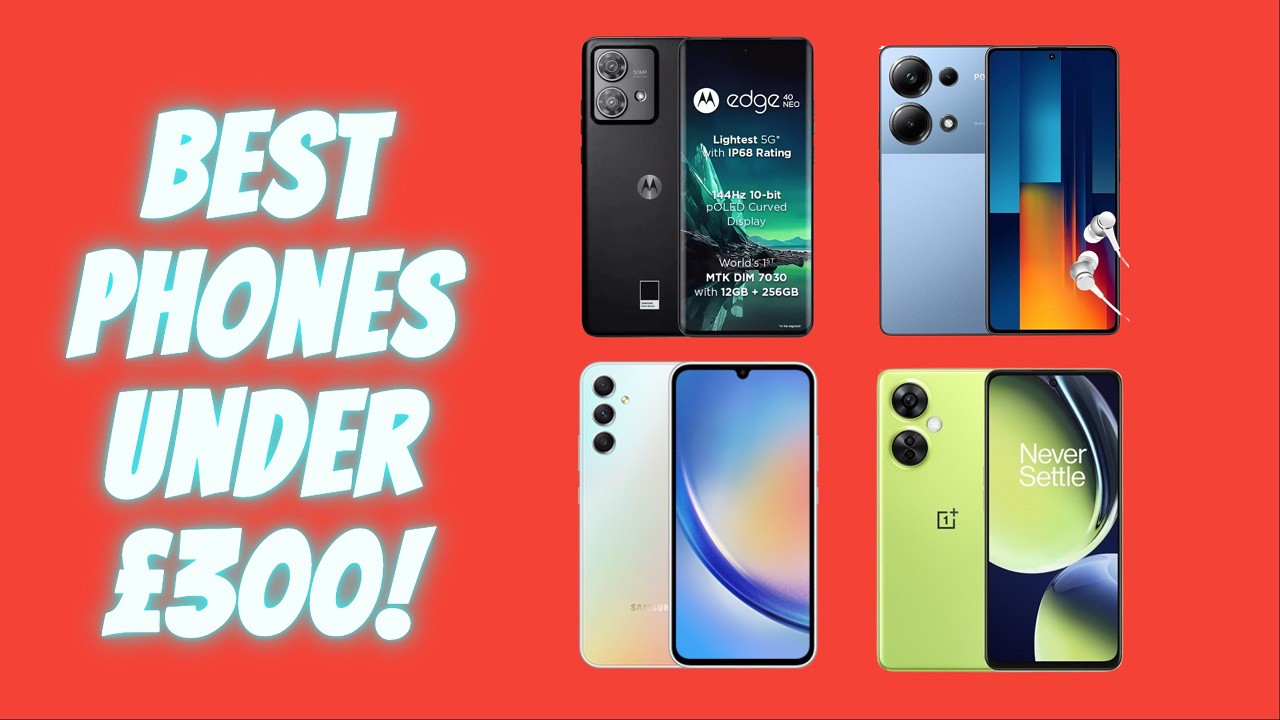

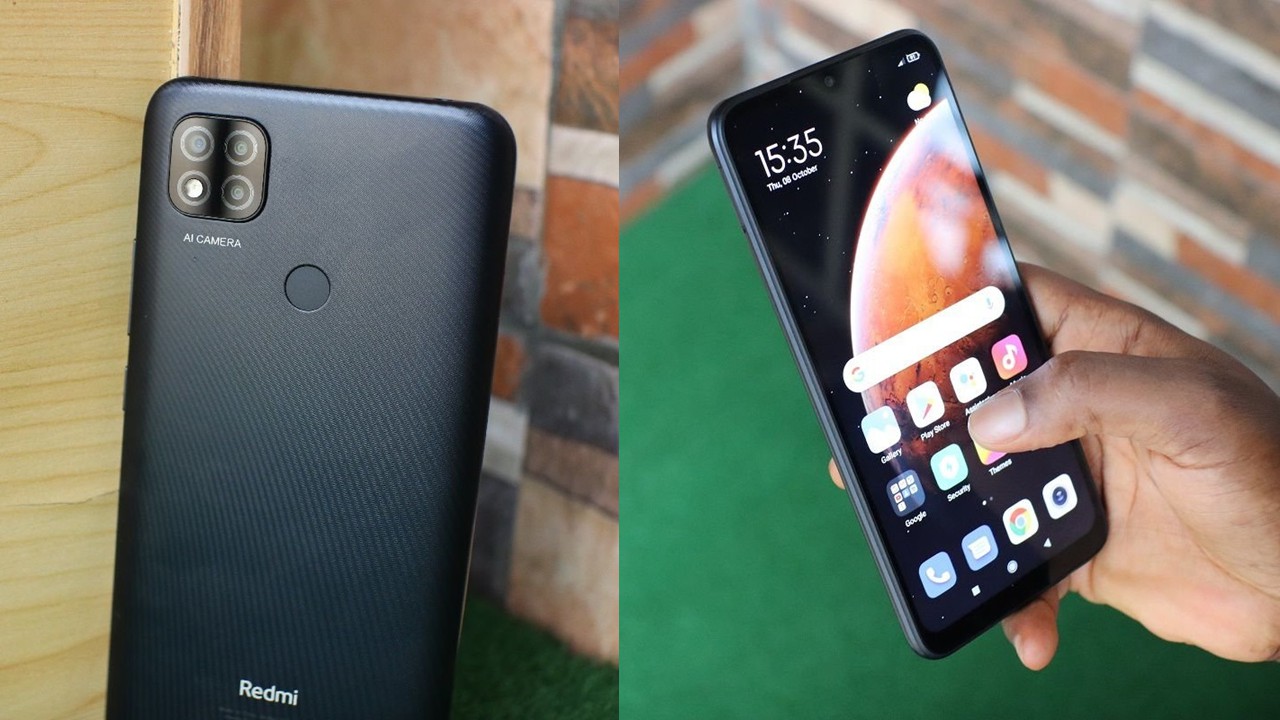
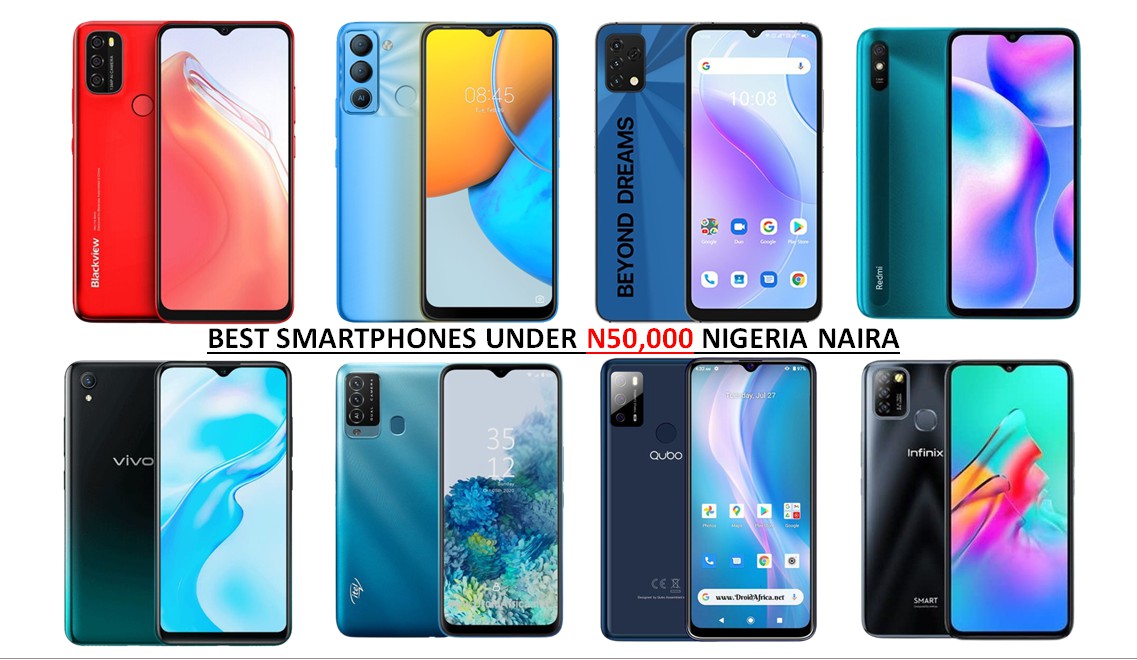
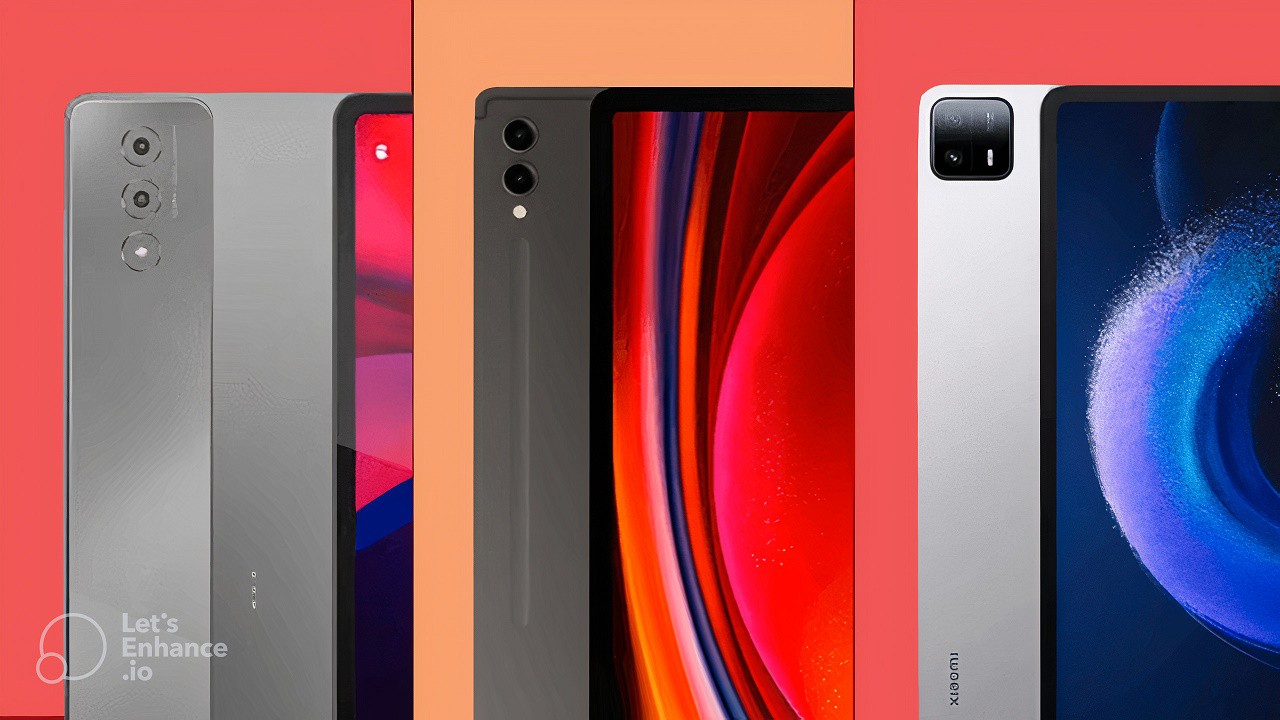
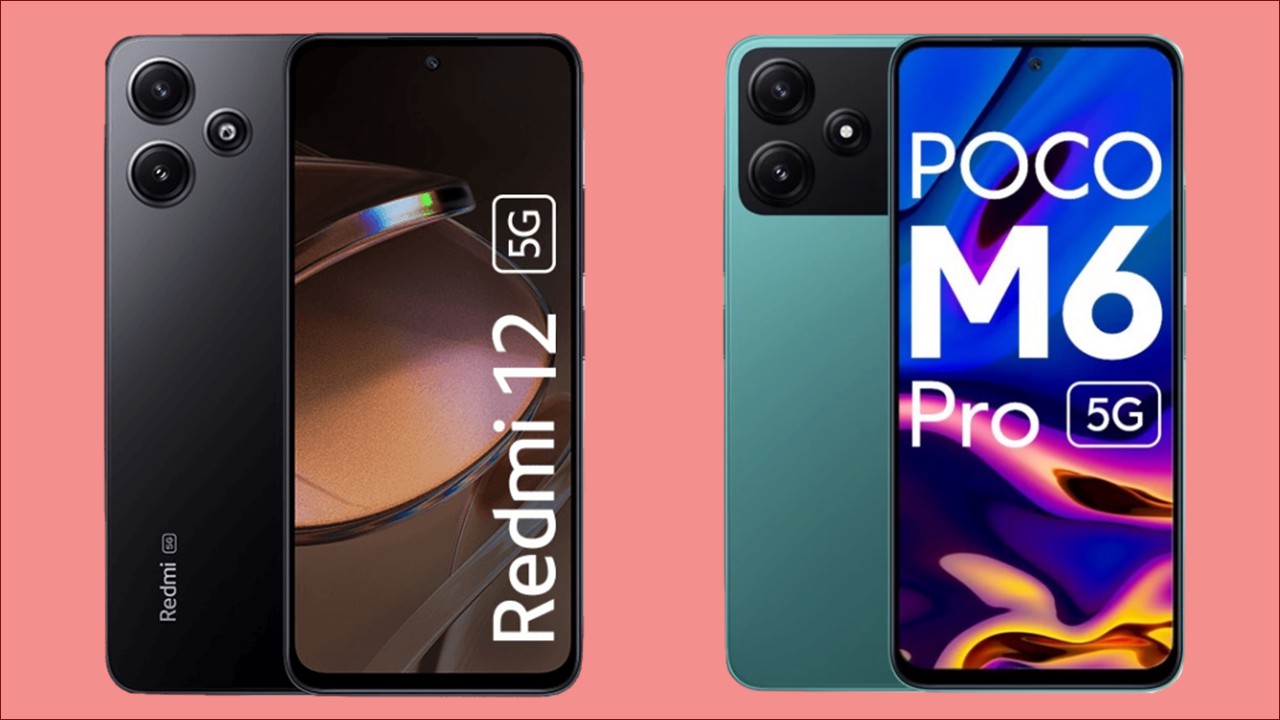
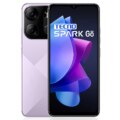
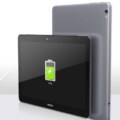

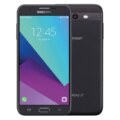
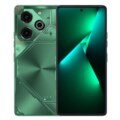
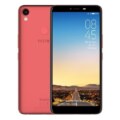
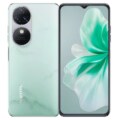
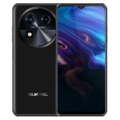
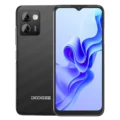

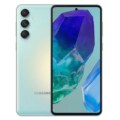
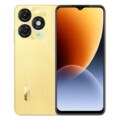

Leave a Reply